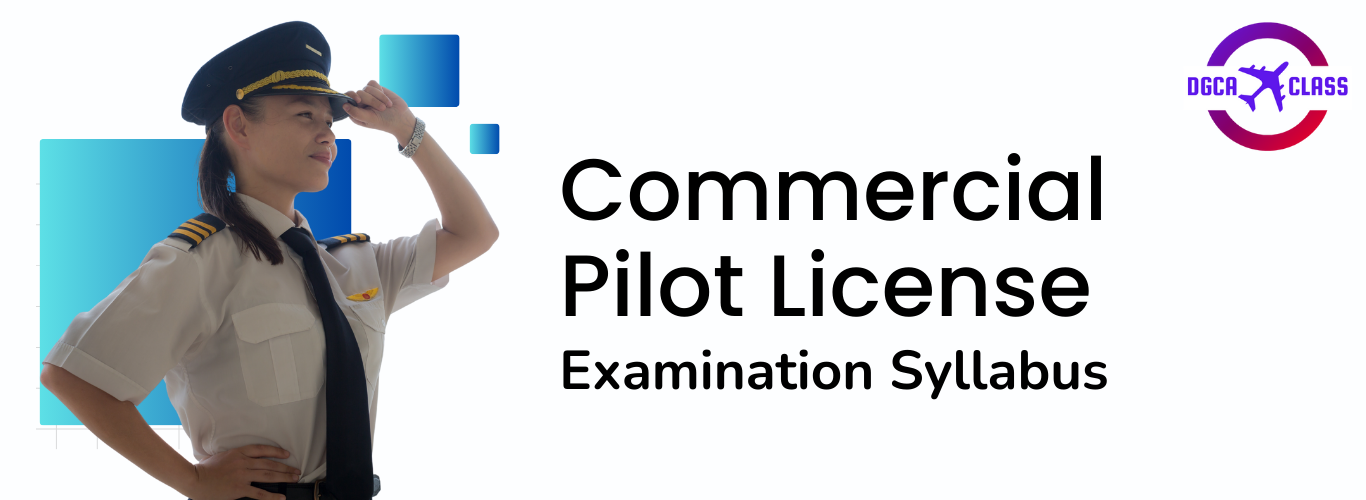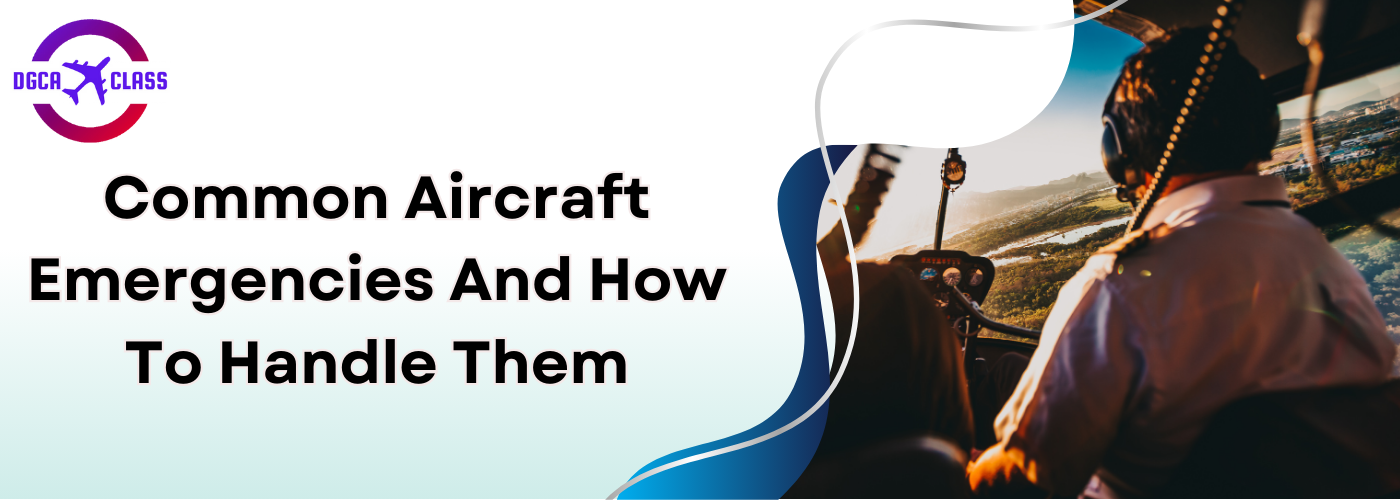Anirudh
Aaradhya, an M.Tech student, is deeply engaged in research, striving to push the boundaries of knowledge and innovation in their field. With a strong foundation in their discipline, Aaradhya conducts experiments, analyzes data, and collaborates with peers to develop new theories and solutions. Their affiliation with "4achievres" underscores their commitment to academic excellence and provides access to resources and mentorship, further enhancing their research experience. Aaradhya's dedication to advancing knowledge and making meaningful contributions exemplifies their passion for learning and their potential to drive positive change in their field and beyond.








